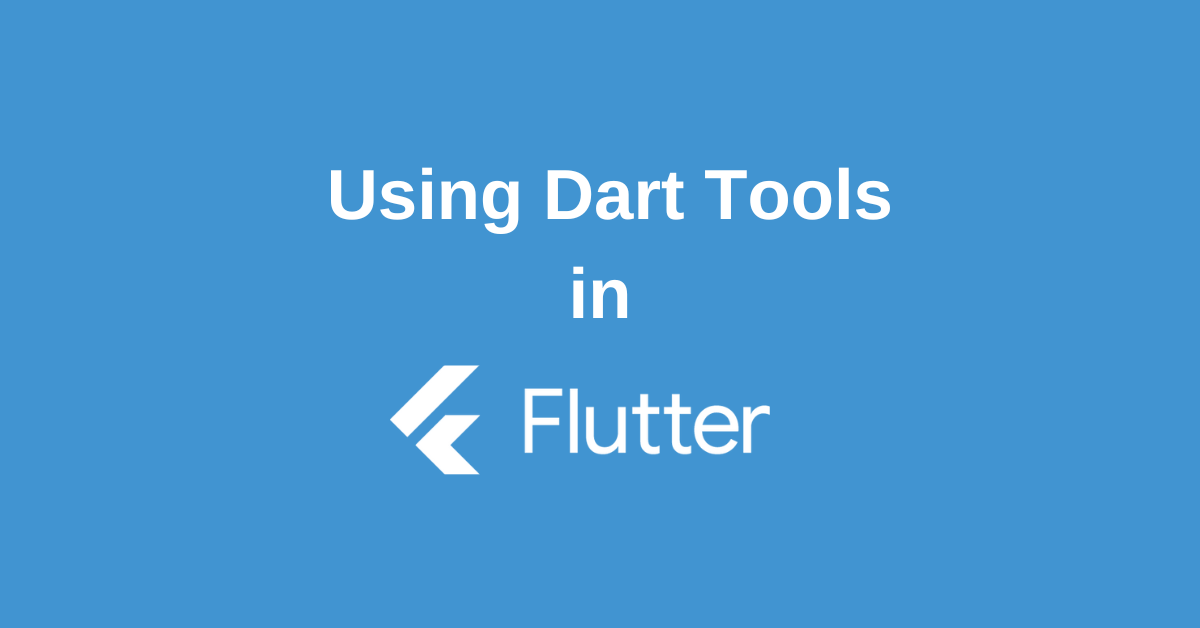Dart, Google’s programming language designed for building modern applications, has gained significant traction in recent years. A key factor contributing to its popularity is the robust ecosystem of tools that support developers in creating efficient and scalable Dart projects. In this blog post, we’ll delve into the essential Dart Tools that can streamline your development process, whether you’re working with Flutter or other Dart-based projects.
What is Dart Language?
Dart, a general-purpose programming language developed by Google, has gained significant popularity in recent years. Its object-oriented nature, strong typing, and garbage collection make it a robust choice for building various types of applications.
One of Dart’s most notable use cases is Flutter, a UI toolkit for creating cross-platform mobile apps. Dart’s ability to compile to native code for different platforms, combined with its performance and hot reload capabilities, makes it an ideal language for building high-quality mobile applications.
Beyond mobile app development, Dart is also used for server-side development and building command-line tools. Its asynchronous programming features, along with the Dart DevTools, provide developers with the necessary tools for efficient and effective development.
With a growing ecosystem of packages and libraries, Dart offers a rich set of functionalities to extend its capabilities. Whether you’re building web applications, mobile apps, or server-side components, Dart’s versatility and performance make it a compelling choice for modern software development.
For example, the Dart command-line tool serves as the foundation for many applications. It offers a comprehensive set of features that empower developers to fine-tune every aspect of their projects. This versatile tool enables developers to create, build, analyze, and format Dart code, tailoring it to meet the specific requirements of any application.
// Dart command line tool
void main() {
print('Welcome to Dart Command-Line.');
}Necessity of Tools Supporting Dart
Why You Need Tools for Dart
Dart, a versatile programming language, offers a rich ecosystem of tools that can significantly enhance your development experience. These tools streamline various aspects of the development process, from code creation and analysis to project management and deployment.
By incorporating Dart tools into your workflow, you can increase productivity, improve code quality, enhance collaboration, simplify deployment, and benefit from a thriving community. Tools like code generators, formatters, linters, testing frameworks, and debuggers help you write cleaner, more efficient code. Version control integration and project management tools streamline collaboration and ensure smooth project execution. Build tools and deployment automation simplify the release process, saving you time and effort.
Comprehensive List of Dart Tools
Here are the top dart tools to ease your app development work flow.
Command-Line Interface for Dart command line app
It comprises the Dart command-line tool used to create and manage the Dart command-line app.
// Dart CLI
void main() {
print('Welcome to Dart.');
}
DartPad
DartPad is an online code editor and execution environment for the Dart programming language. It provides a convenient way to experiment with Dart code, write and run simple programs, and learn the language without requiring a local setup.
Dart DevTools
This suite offers powerful debugging and diagnostic tools that assist in developing Flutter applications and providing valuable insights into their performance
Using these Tools Effectively
DartPad Tips
Great for testing code snippets and prototyping without any setups. DartPad is the go-to tool for quick validation of Dart snippets.
Dart Command-Line Maximization
Leverage the command line for running scripts, creating command-line apps, and launching server-side Dart apps.
Dart DevTools Practices
Use DevTools for inspecting the UI layout and state of a Flutter app, diagnosing app performance issues, and debugging.
Conclusion
As Dart continues to evolve and gain wider adoption, the ecosystem of tools supporting it is also expanding. By leveraging the powerful Dart tools available, developers can significantly enhance their productivity, write cleaner code, and build high-quality applications. Whether you’re a seasoned Dart developer or just starting your journey, exploring and incorporating these tools into your workflow will undoubtedly benefit your projects and overall development experience.

